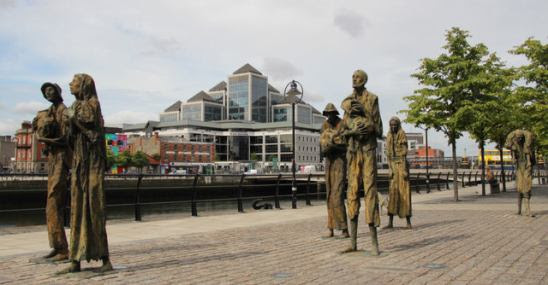I find myself repulsed by assertions voicing U.S. exceptionalism, yet my own study and focus often omits histories and present realities which simply must be understood if we are to recognize the traumas our world faces.
By Kathy Kelly Voices for Creative Nonviolence October 3, 2017
Earlier this year, the Sisters of St. Brigid invited me to speak at their Feile Bride celebration in Kildare, Ireland. The theme of the gathering was: “Allow the Voice of the Suffering to Speak.”
The Sisters have embraced numerous projects to protect the environment, welcome refugees and nonviolently resist wars. I felt grateful to reconnect with people who so vigorously opposed any Irish support for U.S. military wars in Iraq. They had also campaigned to end the economic sanctions against Iraq, knowing that hundreds of thousands of Iraqi children suffered and died for lack of food, medicine and clean water. This year, the Sisters asked me to first meet with local teenagers who would commemorate another time of starvation imposed by an imperial power.

Famine struggles ahead with opulent power behind it. (Sculpture: Rowan Gillespie, Photo: Christine Mitchell CC BY-SA 2.0)



